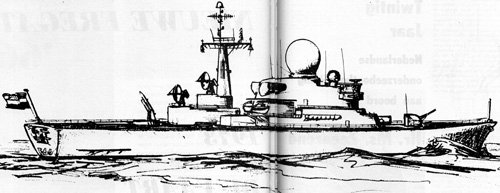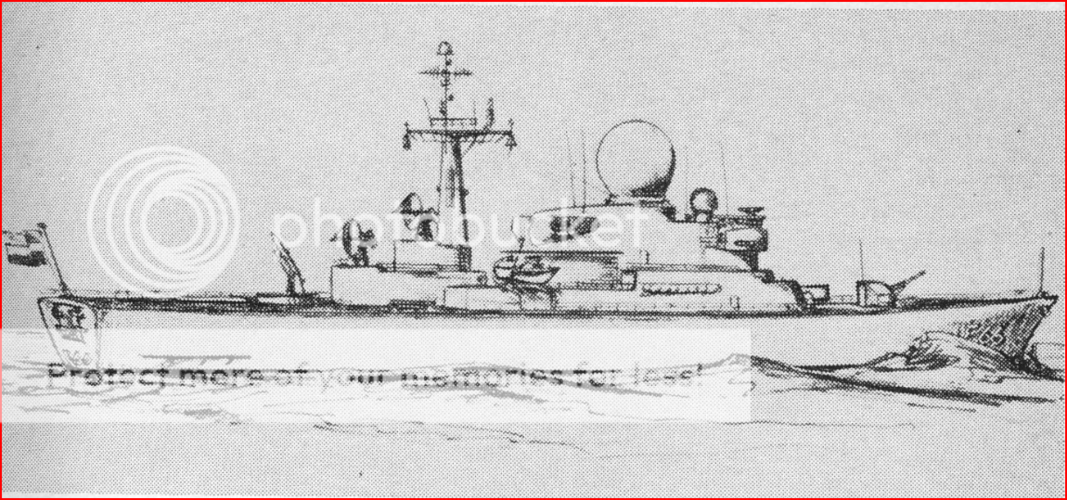I doubt the Spanish, nor the Germans, would have brought Sea Dart. First, the clue is in the ship classes you mention; Baleares and Lütjens were both American designs. They were buying a complete integrated package.
Can we say this is true?
In world of Type 82 and of the Tromp class both being Sea Dart ships. Where the Invincible class is building with Sea Dart, and the 'new' design of an austere Type 42 destroyer.
furthermore assuming the Dutch stick with Sea Dart we'll see it on the Jacob van Heemskerk class.
Approach to Spain is 1963-64 listed in the National archieves but not open. ADM 1/28558
Approach to the Germans is in DEFE 69/112
What is interesting to note about both the Tromp, Jacob van Heemskerks, plus the Baleares and Lütjens ships is their use of the single arm Mk13
So perhaps in examining the alternative scenario of Sea Dart being more successful, there should be an exploration of the development of a single arm launcher......
Even in looking at the Type 82 itself, one can see that originally the RN thought that Sea Dart could replace a twin 4.5" mount on a one for one basis.
And on early CVA-01 sketches, two Sea Dart or Tartar launchers are placed either side of the undershoot (ramp), rather than the later stern location.
A single arm launcher would need to be a faster cycling system than a twin. But would be lighter and more compact.
If this was the focus, what differences would one see on the Type 82? Or would one see the 'Frigate' instead?





